Introvert Takes on South Africa
Hi, my name is Meri Lee Parker! I’m a second-year veterinary student at Texas A&M University College of Veterinary Medicine and this past summer I had the opportunity to go on a study abroad trip to South Africa. Traveling has always been a passion of mine and is something I want to make a priority throughout my life. However, I’m in the process of gaining an education to pursue my dream career, which can make traveling financially difficult and hard to time. Studying abroad is the perfect answer for students who want to travel and expand their education at the same time.
When it came to the process of selecting what study abroad trip to pick, I’m typically the type of person to gather information and do my homework. This trip was different. I had a friend that went on this trip the year before, so I felt I had enough information from her to make a commitment. I didn’t even hesitate and filled out the application as soon as it became available. However, I do highly recommend doing research into the study abroad courses and locations prior to starting the process, unless you have a direct connection like I did.

After my application was approved, I began pre-trip planning and organizing. Things were exciting and the anticipation started to build. I started purchasing items I would need for the trip, spreading the word to family and friends, and would spend hours of the day picturing how amazing South Africa was going to be. As the trip got closer, I was still excited about the opportunity I was getting, but grew more nervous and anxious as well. I am someone that considers themselves an introvert, but I also suffer from various types of anxiety, including social anxiety. The thought of going 9,000 miles away from home, only with people I knew little to nothing about, had me on edge. Every day, the take-off from Houston to South Africa was getting closer. The negative thoughts and feelings were starting to outweigh the positive ones. But, I had invested too much physically, mentally, and financially into this trip to not follow through. I also knew it would be one of the biggest regrets of my life if I backed out. So, I got on the plane to South Africa!
The moment we landed in South Africa, some of the anxiety started to subside. The relief that we had landed safely and the feeling of realizing where I was helped take some of the weight off my chest. However, I was still nervous about fitting in and opening up with people I didn’t know. Throughout the first couple of days, I spoke when spoken to and had conversations when I was included, but I didn’t initiate conversation or put myself out there to get to know the others better. I would also hang out in my room or alone when we had breaks or down time. This would make a normal person think I wasn’t enjoying myself, but that wasn’t the case. I was enjoying the game drives, getting to see all the native South African wildlife in their natural habitats, and was taking in the culture and knowledge I was gaining. I was surrounded by people, but was walking through this experience without someone to share the excitement with.
After a few days, things slowly started to change. Every outing I started to put myself out there a little more each time. I started initiating conversations, being included, and started to feel like I was fitting in with the group. Groups naturally started to form, as they do when a group of people are put together, but when we were all together we were one functional unit. There was this one night about a week into the trip where every single one of us students were sitting around the fire at night playing a card game. It may not seem like much, but it was the first and only night that everybody was together, and there was something special about that moment.

After a little over a week, I felt like I was building individual connections with each person. I was also able to mingle in and out of the “clicks” we had on the trip. At this point in the trip, we had seen a large number of different animal species of all shapes, sizes, and personalities. This led to some of my peers picking what animal represented each person in the group the best. They thought I reminded them of a chameleon, because of how I was able to blend in with all the various groups on the trip and get along with everyone. I was honored to have such a complement said about me. After going back to my room that night, I had some time to ponder what was said to me, and I was shocked. I did agree with everything that was said, and did feel like I had a connection and got along with everyone on the trip. The shocking part was that this didn’t sound like the me I was familiar with. This was the moment during the trip where I had the biggest realization about myself. I had put the negative thoughts I had about the social aspect of the trip aside, and had embraced the experiences and people around me. This was one of the rare moments in my life where I thought to myself “I’m proud of you.”
The people I attended the trip with weren’t the only people that made this experience amazing. The people of South Africa were some of the most incredible people that I have ever met. The veterinarian from South Africa that we had the opportunity to work with was outstanding. He was so friendly and welcoming. He always made sure that we were comfortable, safe, and having a great time. He also pushed us to gain as much knowledge and experience as possible. I always knew he had my back and truly focused on maximizing our trip experience. The other South Africans we got to know on the trip included: the game drivers, lodge hosts, land owners, kitchen staff, and much more. From the second we arrived, they greeted us and made us a part of their family. They really allowed us to take in the South African culture. We got to witness different traditional dances and songs and learn about different cultures, native plants, and of course the native wildlife. The smiles on the faces of the people we worked with were contagious. It made even the coldest mornings and hardest working days enjoyable. They would even get involved with our group by playing games, having dinner, and telling stories with us. These are people that don’t see their jobs as work, but more of a calling to share their passion and knowledge with people around the world.

My favorite person I met in South Africa worked at one of the private game reserves we stayed at. We all adopted him into our group as one of our own. He gave us every part of himself while we were there, literally. He was the one that drove the game viewer for us when we were driving around the property. He also assisted us while we were working with the antelope, due to his experience. He was also our bartender! While at the reserve, we had the opportunity to shoot a paintball gun out of a helicopter at a moving target to simulate darting wildlife for immobilization. This amazing guy volunteered to be the moving target! He drove a 4-wheeler with a helmet and some patting on, but definitely had some bruises after. That was for sure the craziest thing he did for us, but that wasn’t my favorite. My favorite memory was when he let a few of us help prepare his special dessert we were having for dinner the next night. It was a heartwarming moment that only a few of us got to share, and the dessert was good! I’ve never known a person that gave up that much of themselves for a job and was so pleasant and fun to be around. Nicest human on the planet for sure!
Although the people I shared this journey with were a big part, the experiences were also unreal! We worked with black rhino, white rhino, lions, and various antelope species, along with seeing so many more amazing animals. We went on many game drives, which involved being in an open game viewer where you are directly exposed to the elements. There were many cold mornings, but we were more than happy to do it. We saw a variety of animal species over the duration of the trip, such as hyenas, chameleons, elephants, giraffes, cheetahs, and warthogs, just to name a few of my favorites. You don’t realize how fast your heart can beat from thrill and nervousness at the same time until you have a lion walk within a yard of the vehicle you are sitting in. That same night, we also heard a lion roar live and in person. There aren’t words to describe that moment.
When it came to the veterinary work, we were able to assist with dehorning rhino. The rhino were immobilized with appropriate immobilizing drugs. It was our responsibility as veterinary students to monitor heart rate, respiratory rate, and temperature while the veterinarian did the dehorning. Rhino dehorning is essentially the trimming of the horn and isn’t ideal, but is an important procedure to help keep the endangered species safe. There is a large poaching issue involving rhinos. People think rhino horn has medicinal properties or is a token for social status. Rhino horn is made of keratin, the same substance as our fingernails, meaning there is no benefit or special magic to using it. However, some people can’t get past this idea and evolve their thinking. This leaves poachers willing to kill rhinos in order to get their horns to sell. It’s truly sad, because rhinos with their horns are such majestic and beautiful creatures, but if trimming them can save lives, that makes it all worth it.
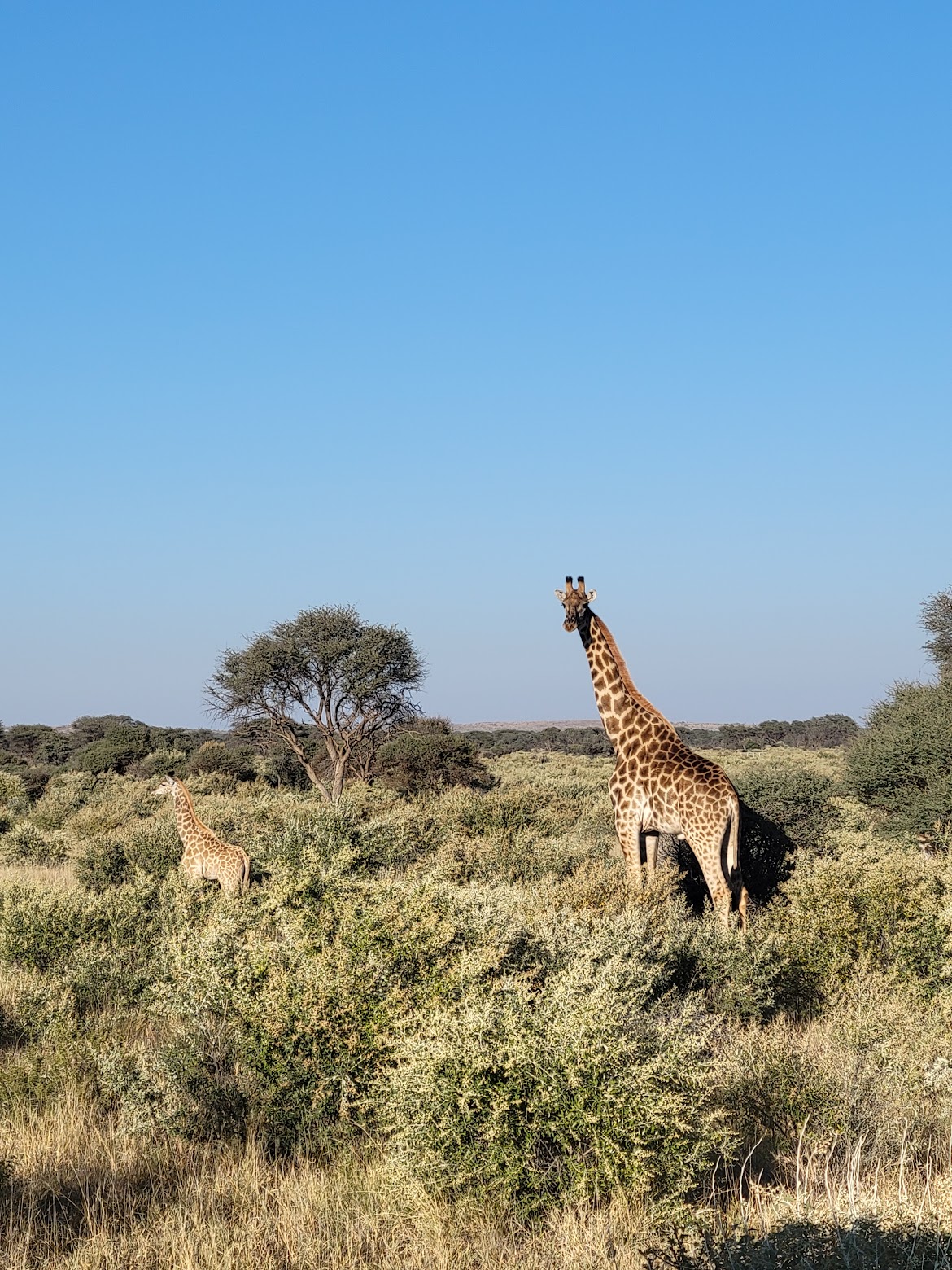
Another thing we were able to assist with was inserting contraceptive implants into lions. We worked with a sanctuary that works to save and rehabilitate animals of various species. They needed contraceptive implants inserted into these lions to control the population within the sanctuary.
The other major types of animals we worked with were various antelope species. We worked with roan, kudu, impala, and gemsbok, all native antelope to South Africa. We worked with a private reserve that breeds antelope. We assisted them in the relocation of antelope to different pastures. We were responsible for monitoring the animals, monitoring vitals, and administering deworming solution and vaccines.
All of the wildlife immobilizations we did were good for wildlife prevention and management. This mission is important to the people of South Africa. Everywhere we went, the animals and what was best for them was the number one priority. The goal of what we were doing was to ensure that the animals would be able to continue to thrive in their environments safely and efficiently. These experiences provided us with stories to tell the rest of our lives!
After arriving back home from South Africa, there was a period of post-trip depression. There was this weight that took over. The unknown feeling of if you will ever get to go back to such an amazing place. The thought of never having an experience that tops this one. The idea of knowing you aren’t going to wake up and see elephants, rhinos, and giraffes on a daily basis. There was also a feeling of isolation. I am someone who loves to be alone and enjoys that time, but after being with people for all hours of the day for over a month, it’s easy for things to feel lonely and quiet. Also, the thought of meeting some of the best people on the planet and never getting to see them again is heartbreaking. It’s something that you can’t understand until you go through an experience like that yourself.
It’s been months now since returning from South Africa. There is still a hole in my heart that is exclusive to my time in South Africa. Sometimes that hole still makes me sad, but I try to just think of the good. I have a wall in my home decorated with pictures and art from my trip. I also have many souvenirs around my house that I brought back. All these things help remind me of my time and what an unforgettable experience it was. Sometimes, the trip almost feels like a movie or TV show. Something I watched and didn’t actually experience myself.

This trip wasn’t just a vacation for me. It was an opportunity to learn and gain experience that will be beneficial in my future career as a veterinarian. I plan on going into mixed animal practice in rural Texas, so I don’t expect to work on rhinos, lions, and elephants. However, I do have an interest in working with native wildlife like white tailed-deer. I think my experience working with various antelope species is beneficial in this case, since the handling and procedures would look similar. I also think that my experience working with the larger animals like rhinos and lions will help me with my career in mixed animal medicine. Although these animals are much larger, they have similar anatomy to other species a mixed animal veterinarian would come across in Texas. The skills we got to practice, such as monitoring vitals, record keeping, and administering drugs, are general skills that are uniform internationally in veterinary medicine, and will definitely benefit me throughout the rest of veterinary school and my future career.
It’s obvious this trip meant a great deal to me. I don’t know if I will get to go back to South Africa. It’s probably unlikely, but I don’t focus on the negative. I focus on the idea that I would love to take my family one day. I think it’s something they would really enjoy, because my family has a passion for wildlife like me. I think it would be cool to go back and get to focus more on the culture and exploring more of the country. There is only so much you can see in a month. It truly was the trip of a lifetime and a little piece of my heart will always be in South Africa!

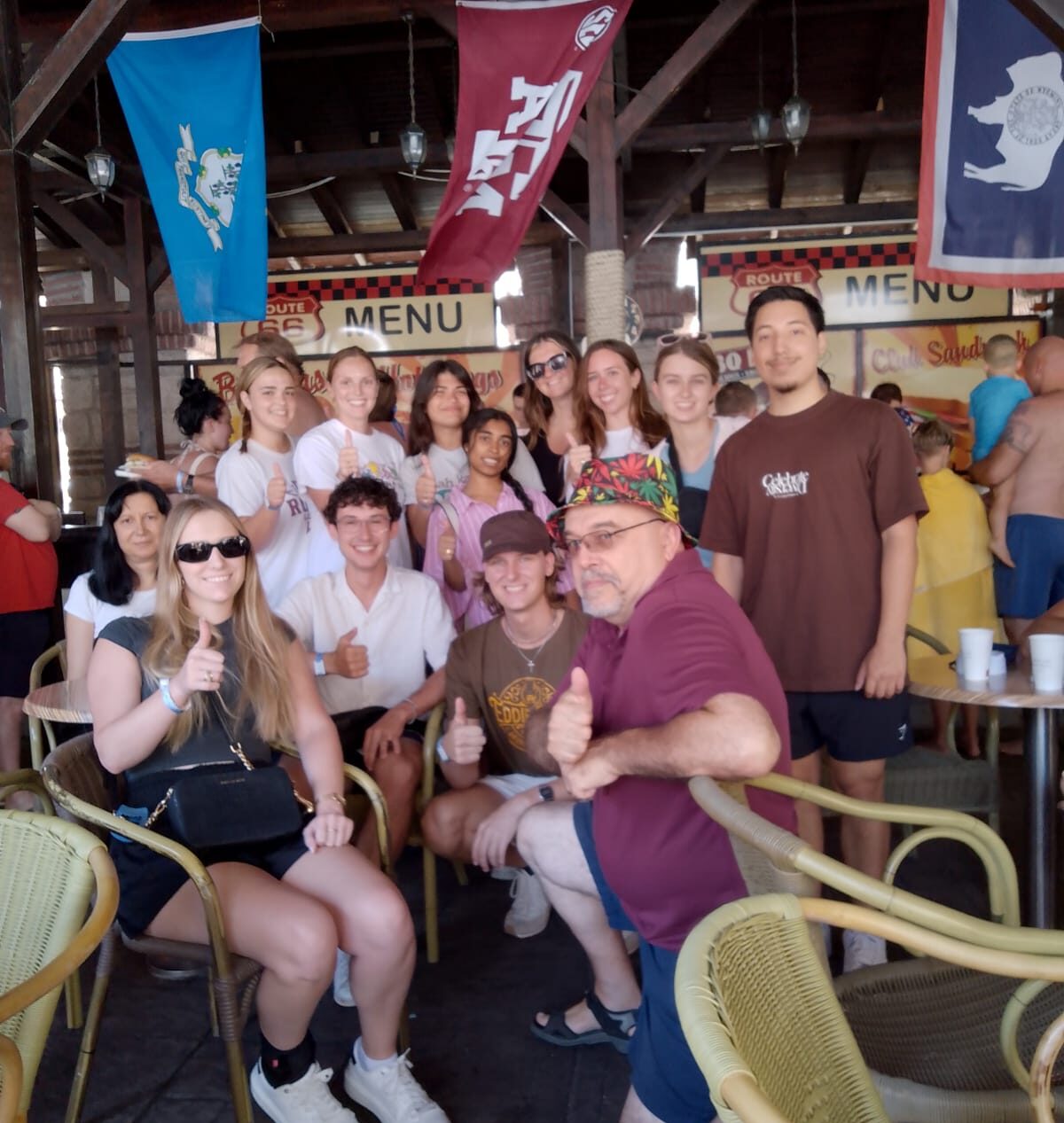

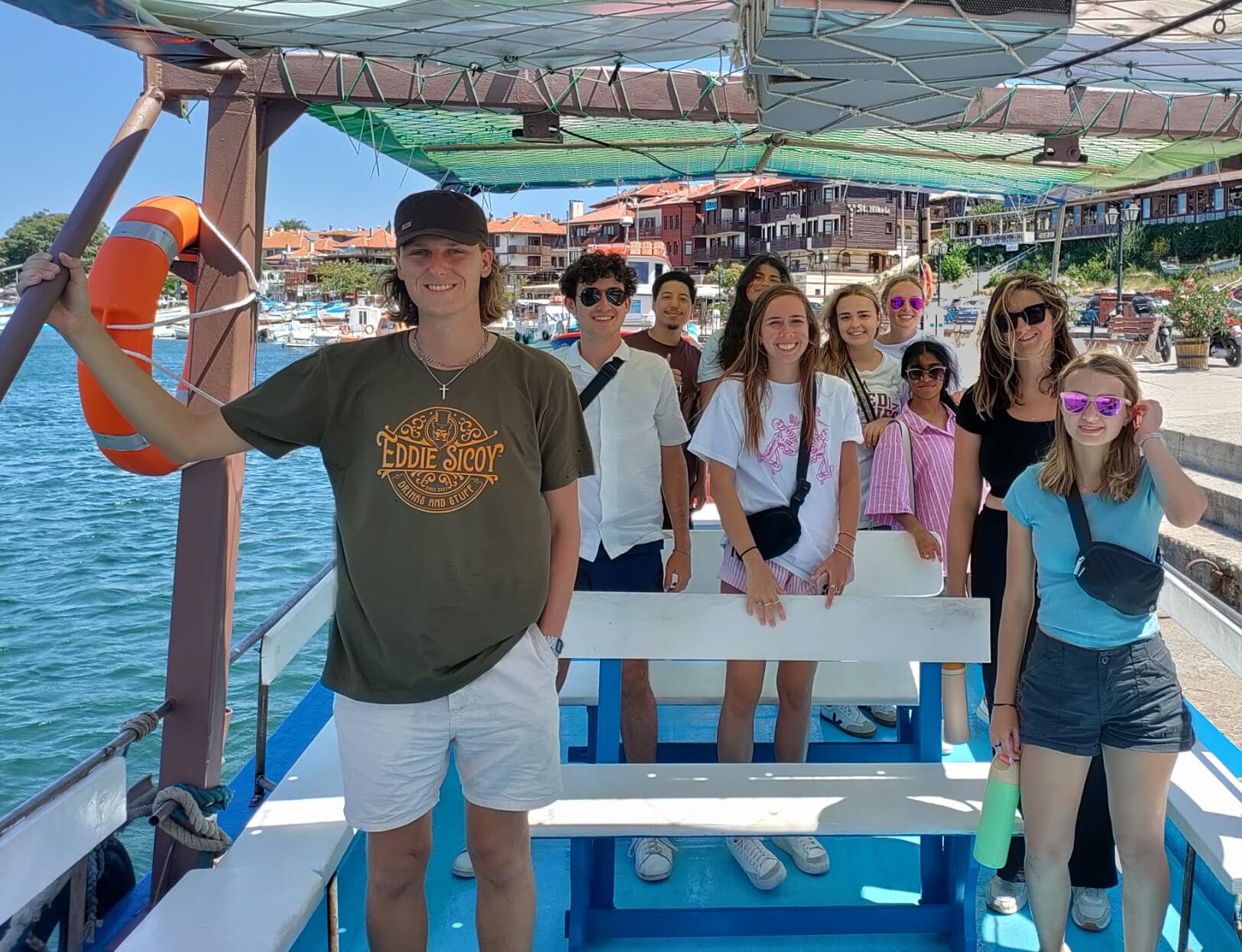 Some groups of students advocated for very blunt, and objective communication, while others argued that empathy wields just as much weight as facts. While spending time shadowing in clinics, I learned that the people of Bulgaria based many of their medical decisions on traditional values and sometimes even superstition. I have experienced my fair share of difficult clients while working at animal hospitals, and upon my return I think I will be better equipped to communicate with them because of the ways I observed doctors responding to these values and superstitions. The Bulgarian doctors responded with empathetic words that had concrete medical facts at the core. Many times the doctors would offer solutions that attempted to compromise the patient’s values with the objective treatment they needed to recover. For example, in an adolescent behavioral clinic, some parents were reluctant to offer their children treatment due to the stigma that would come with accepting they produced a child with a disorder. In response, many doctors had success in rewording the diagnosis and educating the parents about discrete and convenient behavioral therapy opportunities. This strategic use of rewording and compromise gives me confidence I will be able to serve clients much better at veterinary clinics.
Some groups of students advocated for very blunt, and objective communication, while others argued that empathy wields just as much weight as facts. While spending time shadowing in clinics, I learned that the people of Bulgaria based many of their medical decisions on traditional values and sometimes even superstition. I have experienced my fair share of difficult clients while working at animal hospitals, and upon my return I think I will be better equipped to communicate with them because of the ways I observed doctors responding to these values and superstitions. The Bulgarian doctors responded with empathetic words that had concrete medical facts at the core. Many times the doctors would offer solutions that attempted to compromise the patient’s values with the objective treatment they needed to recover. For example, in an adolescent behavioral clinic, some parents were reluctant to offer their children treatment due to the stigma that would come with accepting they produced a child with a disorder. In response, many doctors had success in rewording the diagnosis and educating the parents about discrete and convenient behavioral therapy opportunities. This strategic use of rewording and compromise gives me confidence I will be able to serve clients much better at veterinary clinics.








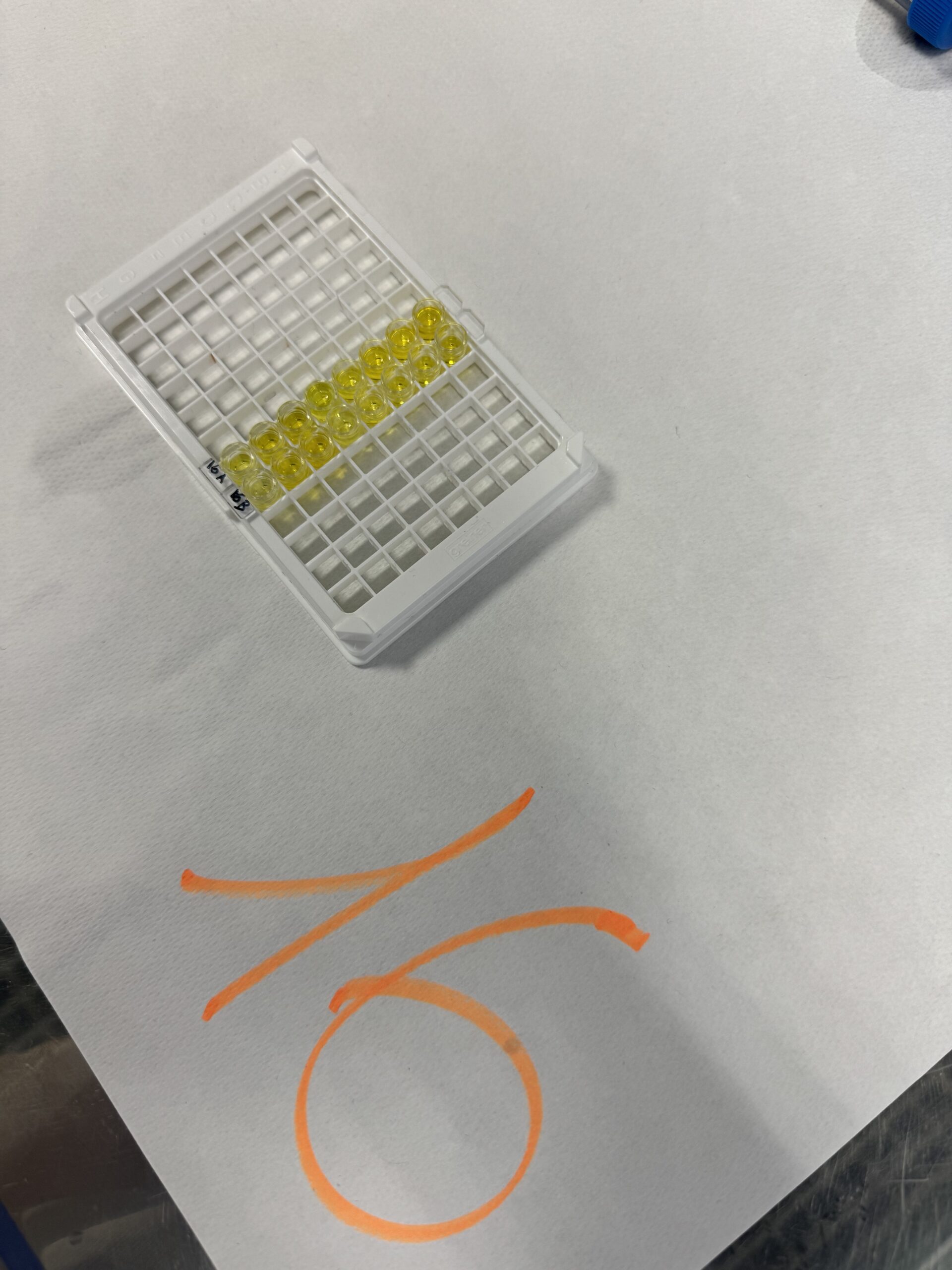
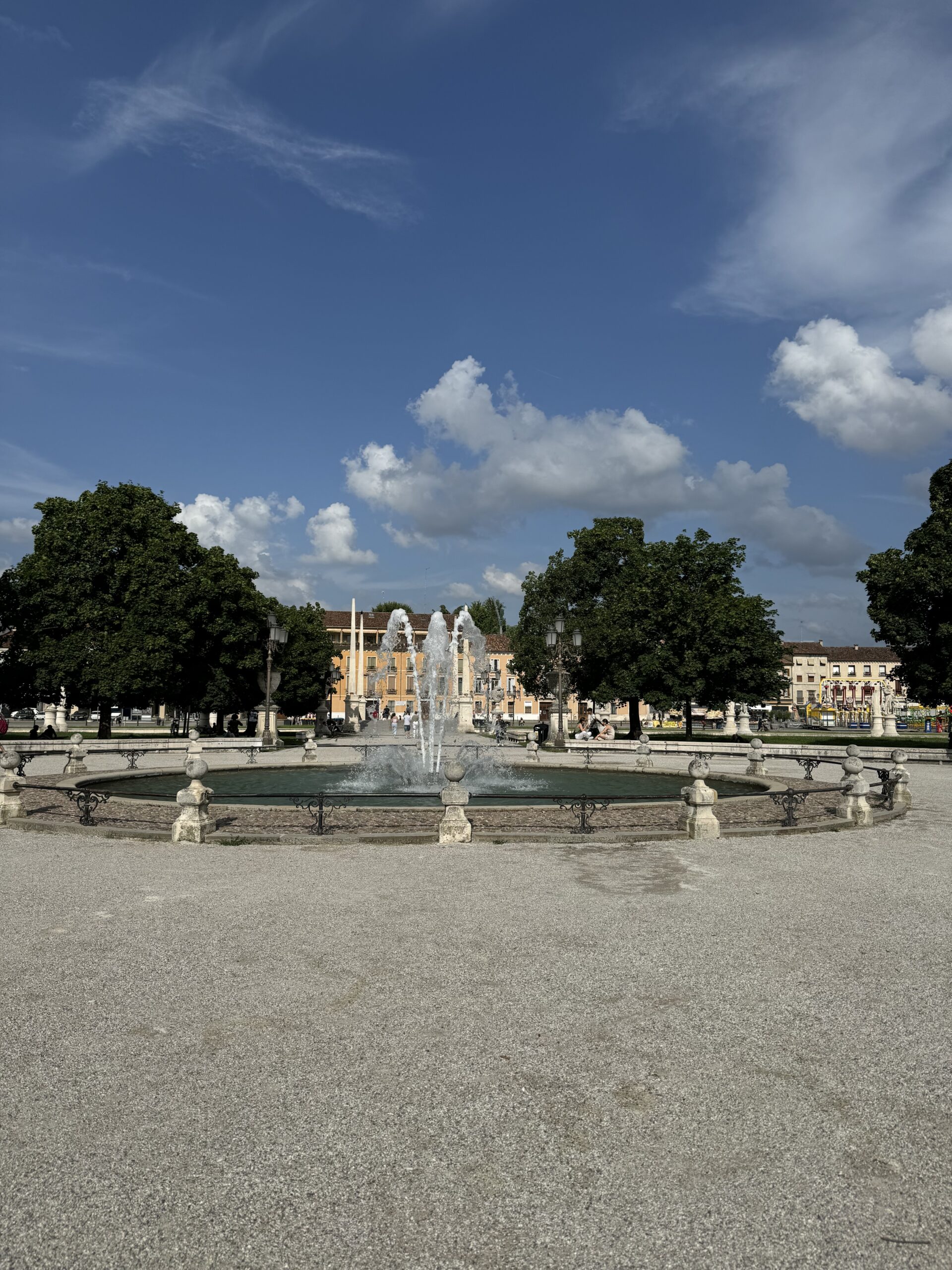




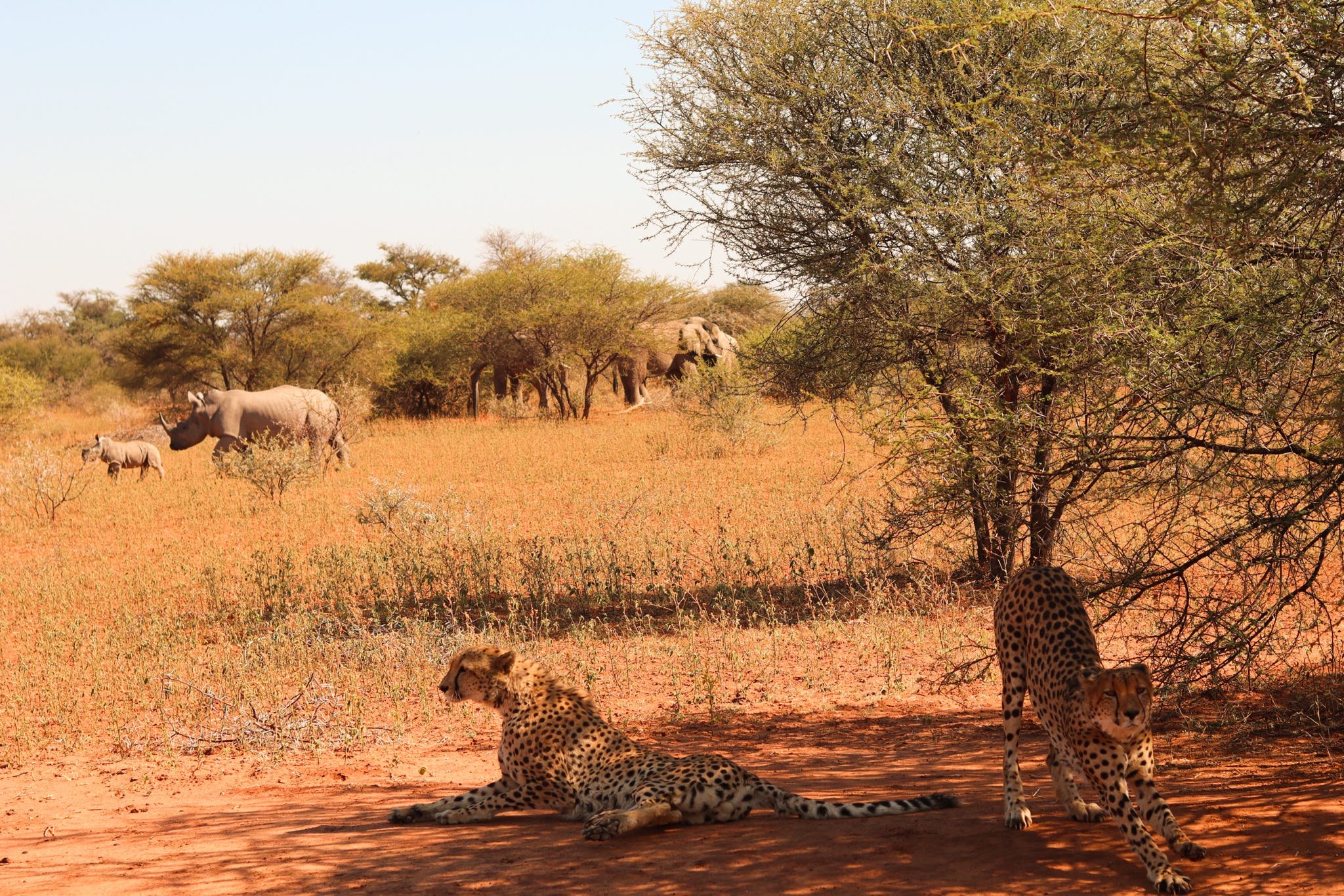





 I had the amazing opportunity of traveling to Santiago, Chile this summer for a small animal externship at Clinica Veterinaria San Cristobal. As a third-year veterinary student, I was able to assist the veterinarians in their everyday activities. This included working on cases, treating patients, communicating with clients, and assisting with surgeries. The clinic I was at was a well-established practice that brought in a lot of specialist from all over Santiago, including surgeons, anesthesiologists, internists, and an ultrasound specialist. I worked at a total of 4 veterinary practices, each with their own unique culture.
I had the amazing opportunity of traveling to Santiago, Chile this summer for a small animal externship at Clinica Veterinaria San Cristobal. As a third-year veterinary student, I was able to assist the veterinarians in their everyday activities. This included working on cases, treating patients, communicating with clients, and assisting with surgeries. The clinic I was at was a well-established practice that brought in a lot of specialist from all over Santiago, including surgeons, anesthesiologists, internists, and an ultrasound specialist. I worked at a total of 4 veterinary practices, each with their own unique culture. A great aspect of working at multiple veterinary clinics was that there was always a veterinary student at the clinics. I had the opportunity of comparing our vet school experience in the US vs. theirs in Chile. Overall, they were learning less material than we were since they only spend about 2 years out of the 5 learning about veterinary medicine. The other 3 years were focused on the science basics, such as chemistry, biology, organic chemistry, etc. It was great getting to interact with people my age and learn about their veterinary journeys thus far.
A great aspect of working at multiple veterinary clinics was that there was always a veterinary student at the clinics. I had the opportunity of comparing our vet school experience in the US vs. theirs in Chile. Overall, they were learning less material than we were since they only spend about 2 years out of the 5 learning about veterinary medicine. The other 3 years were focused on the science basics, such as chemistry, biology, organic chemistry, etc. It was great getting to interact with people my age and learn about their veterinary journeys thus far.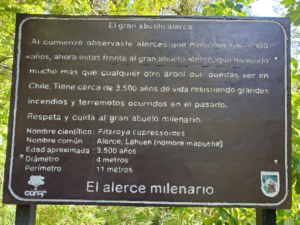 One of the biggest benefits from my experience in Chile was that I became proficient working in Spanish. Between my home stay, internship, and Chilean friends, I became confident in my ability to communicate in Spanish. Additionally, I was able to travel on the weekends to various regions of Chile. I saw some of the most beautiful views and made some lifelong memories traveling to places such as the Atacama Desert, Valdivia National Forest, Villarica Volcano, a sacred forest, and the 3rd oldest tree in the world, El Gran Abuelo.
One of the biggest benefits from my experience in Chile was that I became proficient working in Spanish. Between my home stay, internship, and Chilean friends, I became confident in my ability to communicate in Spanish. Additionally, I was able to travel on the weekends to various regions of Chile. I saw some of the most beautiful views and made some lifelong memories traveling to places such as the Atacama Desert, Valdivia National Forest, Villarica Volcano, a sacred forest, and the 3rd oldest tree in the world, El Gran Abuelo. In conclusion, I had a great experience! I became more comfortable communicating in Spanish, reinforced the veterinary skills I learned in vet school, and made amazing memories.
In conclusion, I had a great experience! I became more comfortable communicating in Spanish, reinforced the veterinary skills I learned in vet school, and made amazing memories.